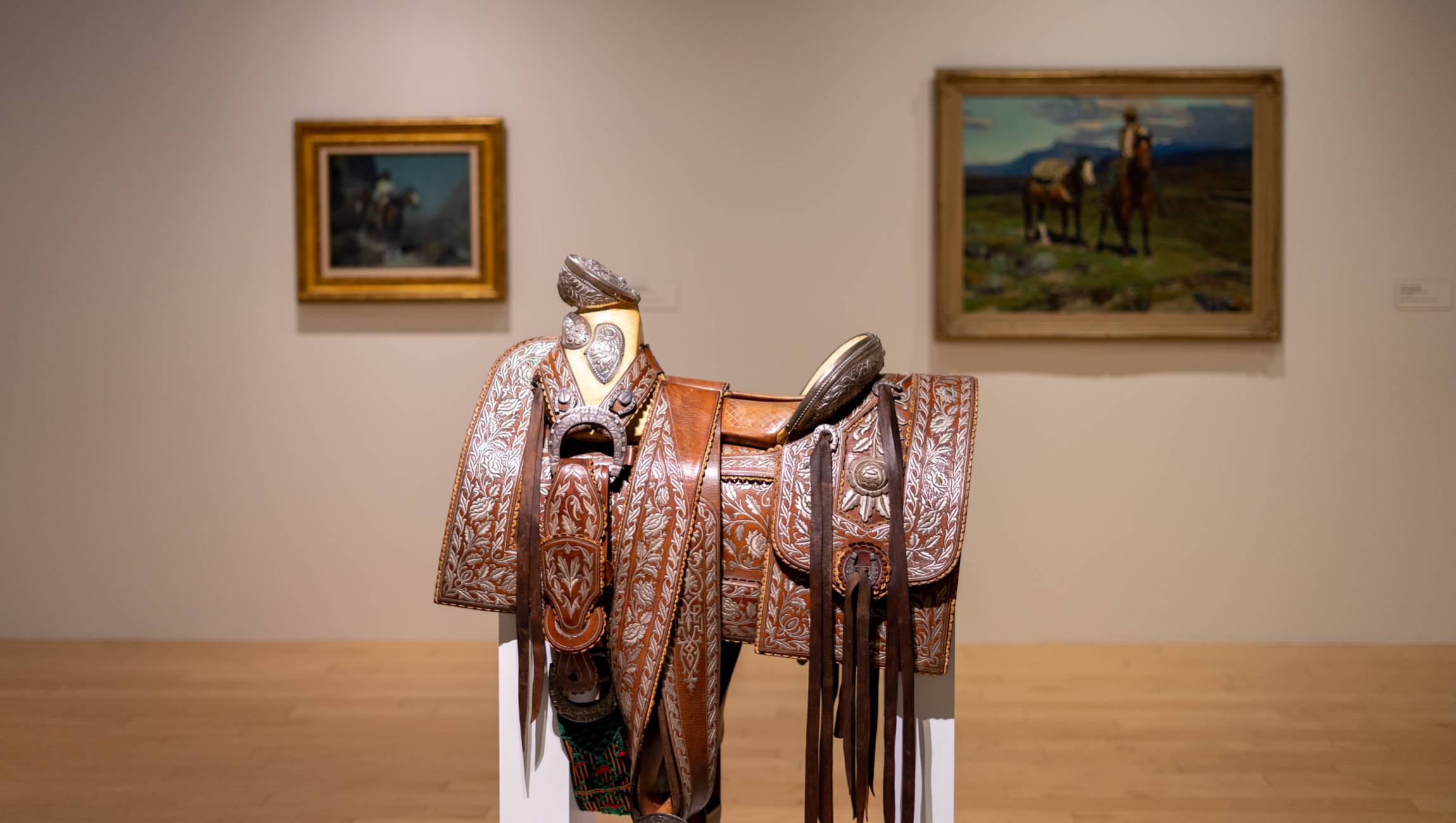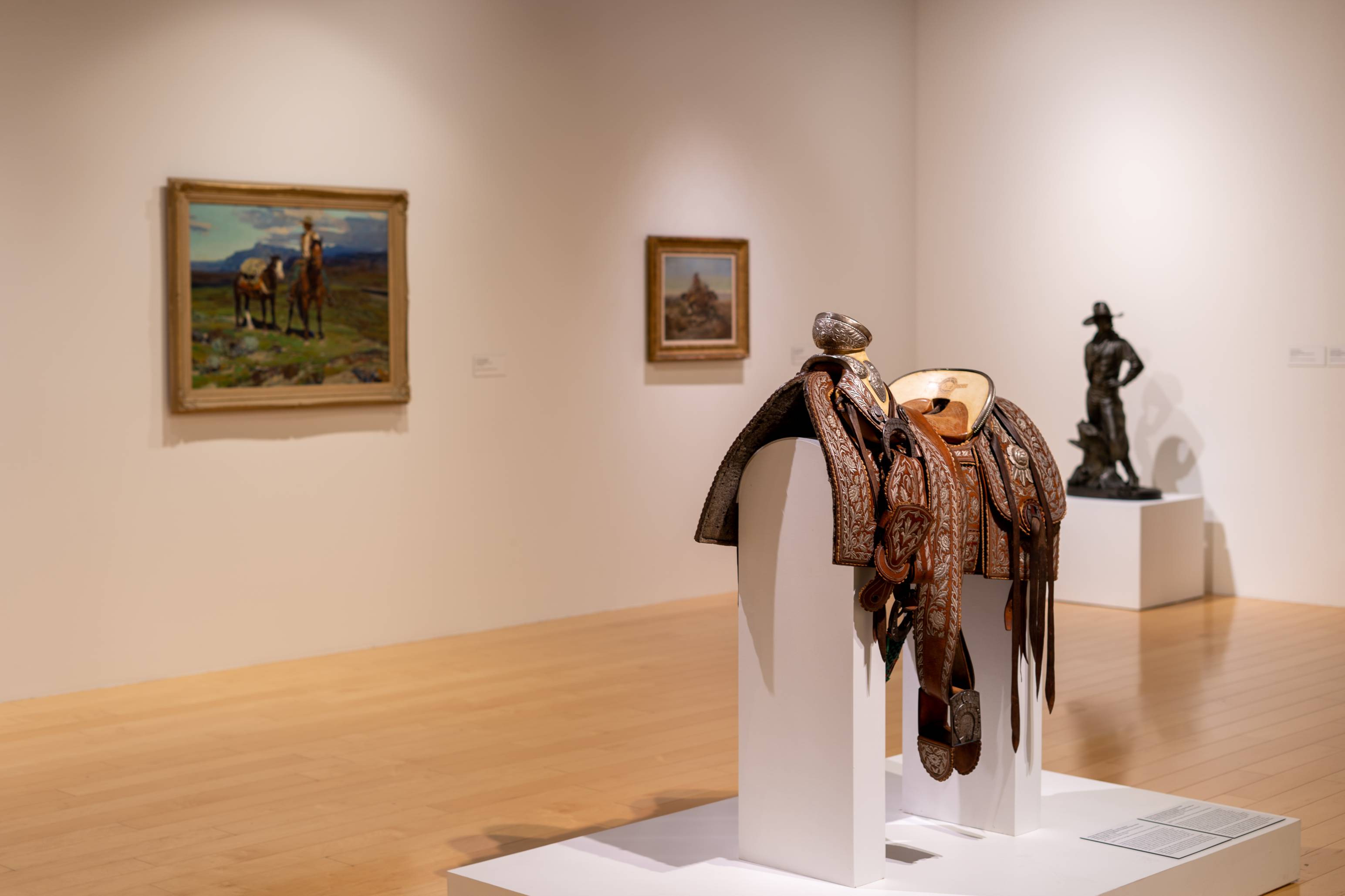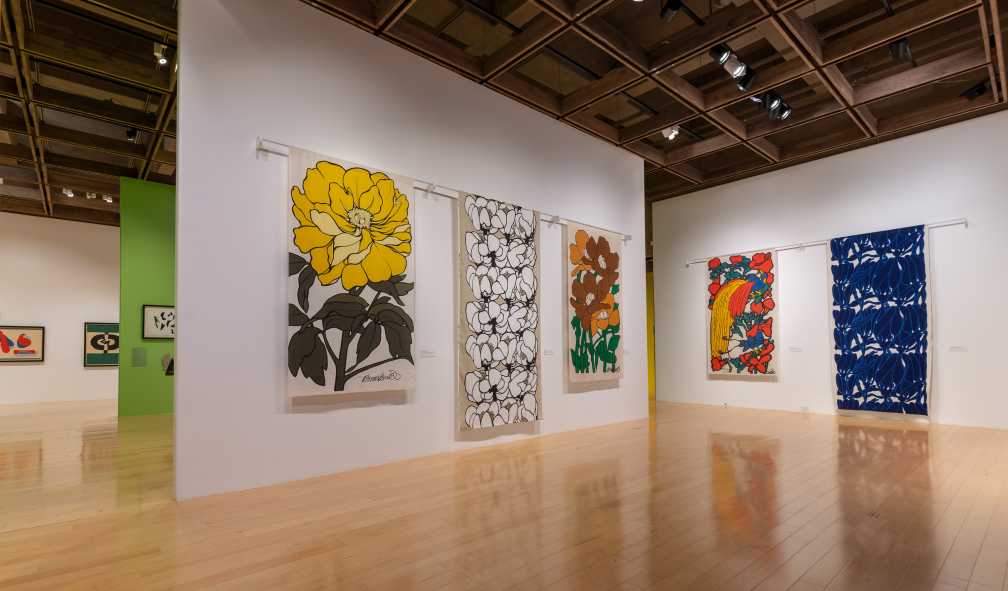Bridles, Saddle, and Spurs
< All Exhibitions
Where |
Main Museum |
|---|---|
When |
Ongoing |
Where |
Main Museum |
|---|---|
When |
Ongoing |
The horse has remained an integral part of Western culture in California and the Americas since its introduction during the Spanish and Mexican colonial era. The status of the horse as an icon of the West has been well documented by artists for centuries, as evidenced by the paintings and drawings in this gallery.
This installation, however, features examples of the creative designs used in the making of saddles, bridles, and spurs and emphasizes the key role of craft as well as art in expressions of the visual and material culture of the West.
For example, the hitched horse-hair bridle developed as a unique American folk art in the prisons of the Far West in the late nineteenth century. Though their origin is unclear, speculation has it that Mexican prisoners brought the craft to the prisons where they taught it to other prisoners. Inmates at twelve Western prisons were known to create hitched or braided horsehair bridles and other items.
The intricate and elaborate construction and designs of the three hitched bridles shown here from the museum’s permanent collection were produced by skillful inmates in Arizona and Montana prisons. For this installation, each bridle is fitted with a period bit that is not original to the headstall.
The historic Mexican Charro saddle with matching spurs, on loan from Carriage and Western Art Museum of Santa Barbara, suggests the important influence of Mexico on the history and culture of early Californios and on Western equestrian practices today.
The idea to exhibit this saddle was inspired by the charros featured in Gonzalo Lebrija’s 2019 video Heel Roping (The discipline of stopping time)/Piales (La suerte de detener el tiempo) which was recently on view in the museum's exhibition, Miracle of the Eternal Present.
Exhibition curated by Christine Giles, Senior Curator, Palm Springs Art Museum.
-









